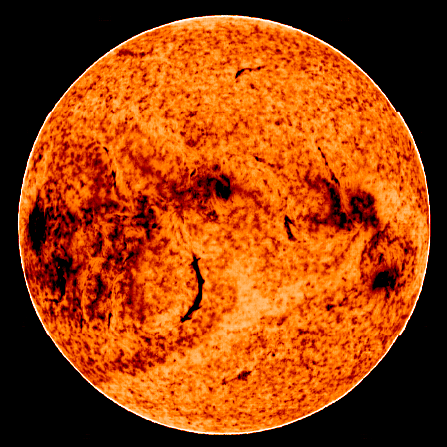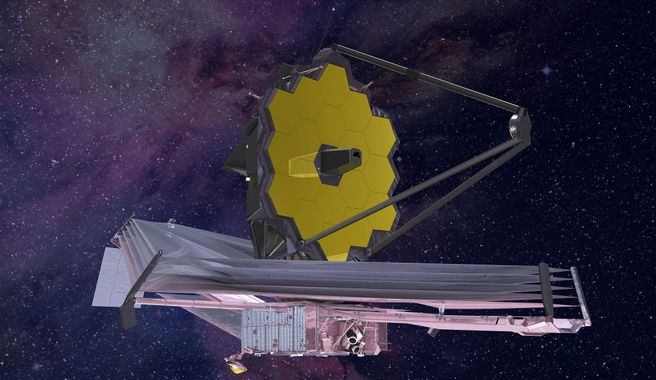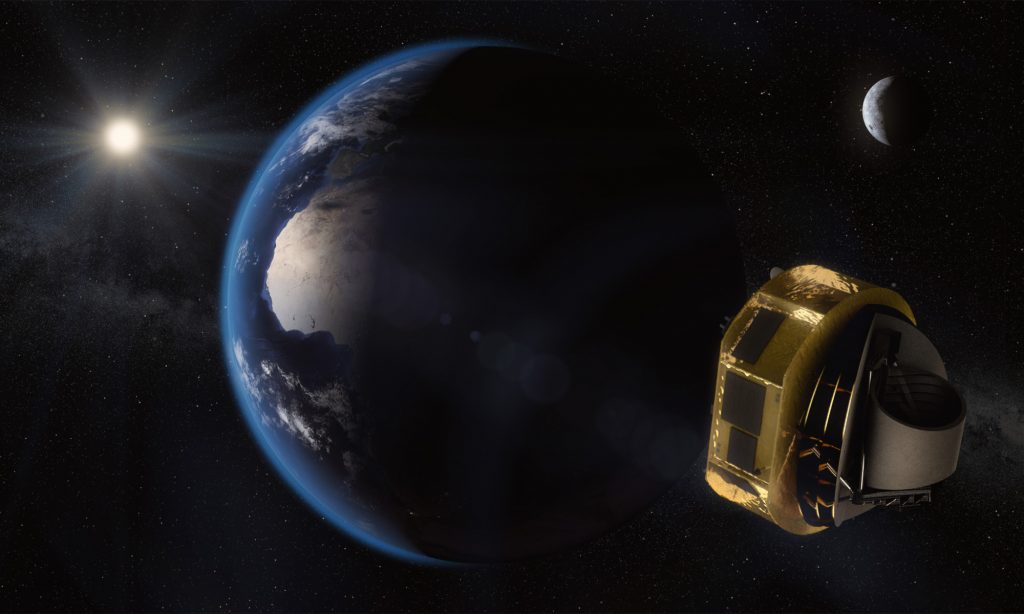While the detection of exoplanets is an important ongoing field of activity, the characterization of their atmosphere has just begun and it is developing very rapidly. A lot can be learnt from spectroscopic observations of an exoplanet atmosphere; the molecular composition of giant exoplanet atmospheres can trace the planet’s formation and evolution; the atmosphere of rocky exoplanets can host biosignature gases. Spectroscopy in Infrared wavelength allow to establish new knowledge on the atmosphere of exoplanets, by exploiting archived space data (e.g. HST, Spitzer).
Soon, two future space mission will enrich the spectroscopic data: James Webb Space Telescope (JWST) and Ariel. In the meantime, the package ExoNoodle was developed in order to generate synthetic spectra of a transient exoplanetary system for any spectroscopy instrument with compatible input contributions (wavelength range and resolution).

Credits: National Solar Observatory
James Webb

The James Webb Space Telescope (JWST or Webb) is an international collaboration between NASA, ESA (the European Space Agency), and the Canadian Space Agency (CSA). It will be a large infrared telescope with a 6.5-meter primary mirror. The telescope will be launched on an Ariane 5 rocket from French Guiana in 2021.
JWST will be the premier observatory of the next decade, serving thousands of astronomers worldwide. It will study every phase in the history of our Universe, ranging from the first luminous glows after the Big Bang, to the formation of solar systems capable of supporting life on planets like Earth, to the evolution of our own Solar System.
ARIEL

ARIEL, the Atmospheric Remote-sensing Infrared Exoplanet Large-survey, was selected as the fourth medium-class mission (M4) in ESA’s Cosmic Vision programme. ARIEL, a mission to make the first large-scale survey of exoplanet atmospheres, will study what exoplanets are made of, how they formed and how they evolve, by surveying a diverse sample of about 1000 extrasolar planets, simultaneously in visible and infrared wavelengths. It is the first mission dedicated to measuring the chemical composition and thermal structures of hundreds of transiting exoplanets, enabling planetary science far beyond the boundaries of the Solar System.